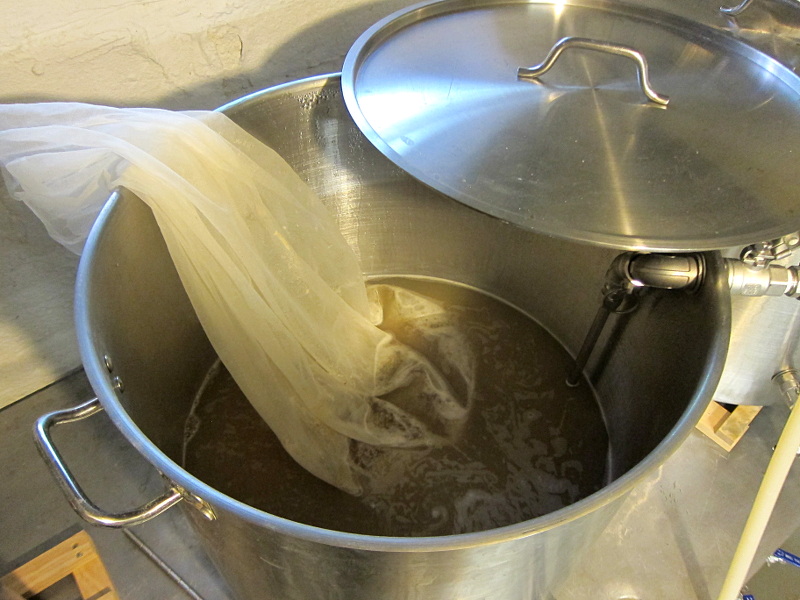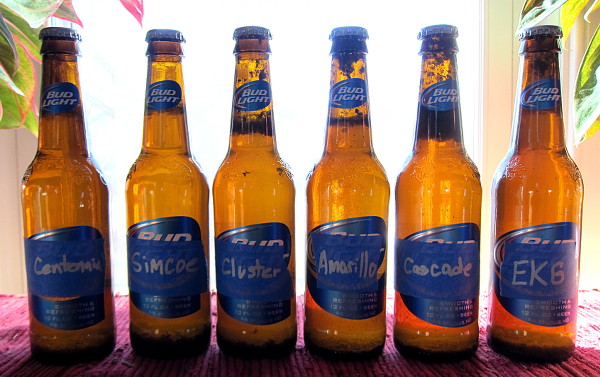 Two months ago we decided to jump back to our extract-brewing beginnings and see what kind of American Amber we could make. We used amber malt syrup and gold malt extract for the base fermentables and some Crystal 10L and Amber malt for steeping grains. We were pleasantly surprised by this one, although our expectations weren’t high to begin with…
Two months ago we decided to jump back to our extract-brewing beginnings and see what kind of American Amber we could make. We used amber malt syrup and gold malt extract for the base fermentables and some Crystal 10L and Amber malt for steeping grains. We were pleasantly surprised by this one, although our expectations weren’t high to begin with…
Appearance: great amber color and after 6 weeks in the keg, very clear when held up to light. Pours with a medium-dense head that sticks around for a while and clings to the sides of the glass.
Smell: sweet malt and some citrus, but not overly malty. Even with the dry-hops and right after carbonating, it didn’t have a huge hop aroma. Which is fine, since this wasn’t intended to be a hop bomb.
Taste: very mellow, balanced bitterness from the hops backed by semi-sweet malt but no grainy flavors. A bit muddled perhaps, with all the malt flavors blending into one another for a single malty note. This is perhaps the only let-down of this brew.
Mouthfeel: possibly due to the amount of crystal malt used, this brew has just the right amount of body for a traditional amber beer.
Next time: since darker malt extracts often incorporate specialty grains already (in this case, C60L and Munich in addition to the pale base malt) and we added more steeping grains, there might have been a bit too much crystal malt in this beer. Next time we would decrease the C10L by half, use pure Pilsen malt extract instead of Golden Light (which includes Carapils), and add some Aromatic malt for extra malty flavor. This should result in a more drinkable beer without sacrificing much color or maltiness. Also, we’ll use more dry-hops for a hoppier aroma right out of the tap.







